I want to use boxplot.stats on variable by a country split.
Something like boxplot.stats(data$Variable[Country==French])$out does not work. Is there a way to handle it in query or I need to slice my dataframe first to countries?
So far what I am doing is:
FRA <- subset(data, Country=="French")
boxplot.stats(FRA$Variable1)$out
for each country. It gets problematic if there are more than few countries so solving it by one line would be awesome
@duckmayr, @Dario - data is presented that way, it goes all the way to hundreds of thousands. I have multiple countries, few scale variables and want to point out outlier values for each of them

